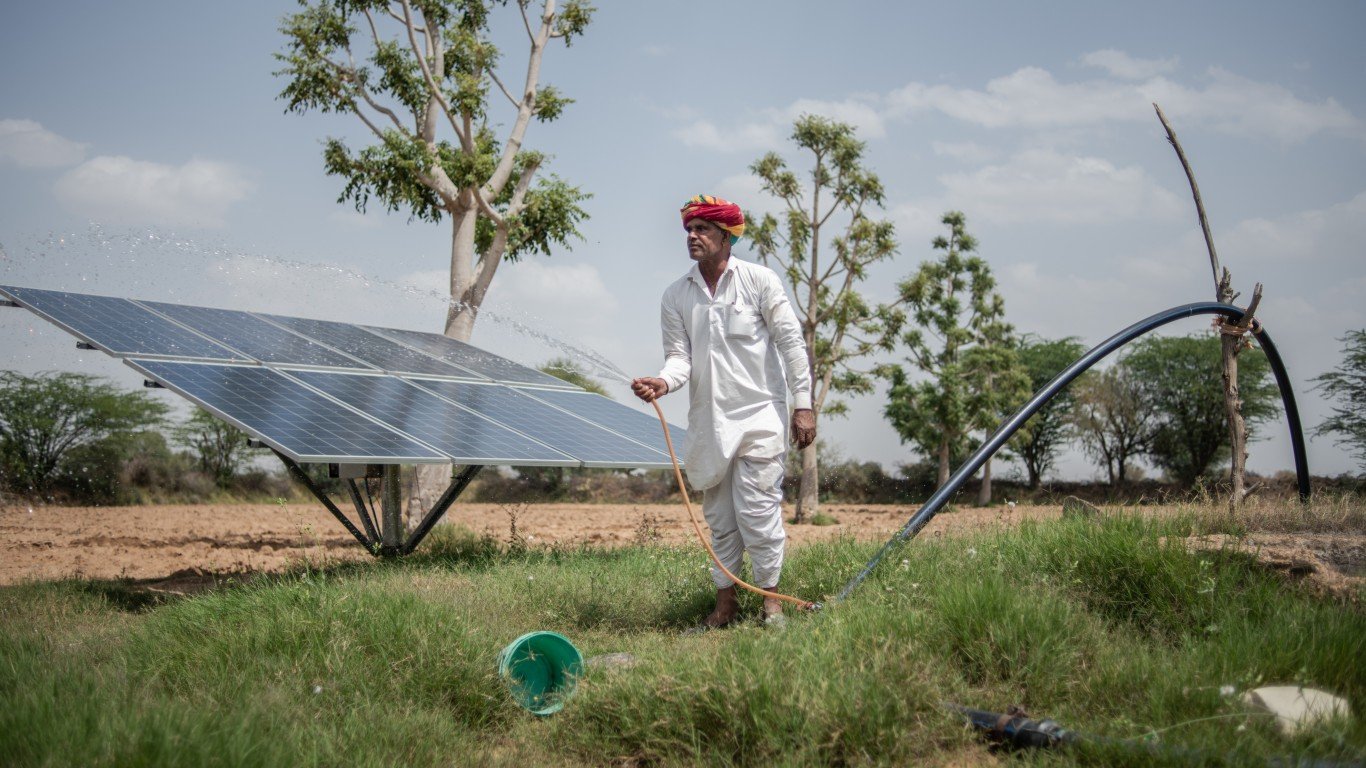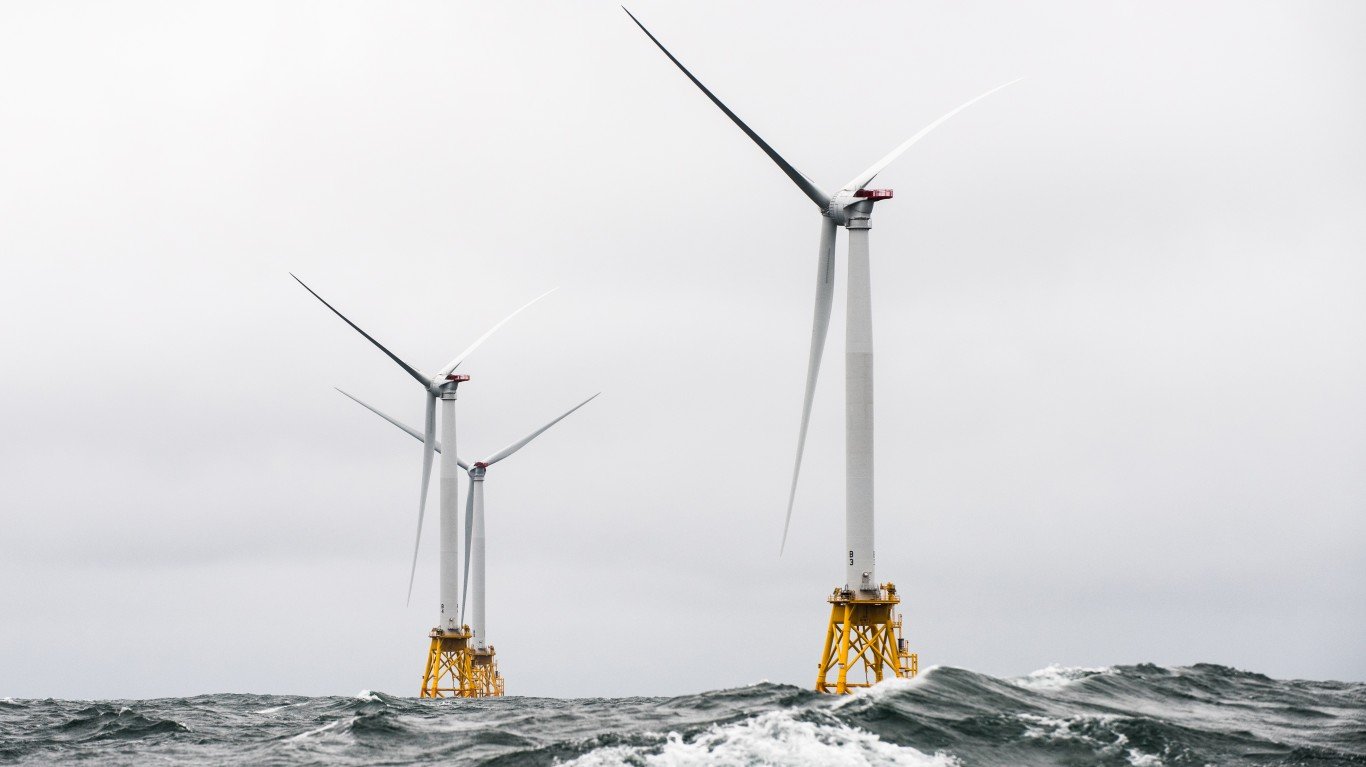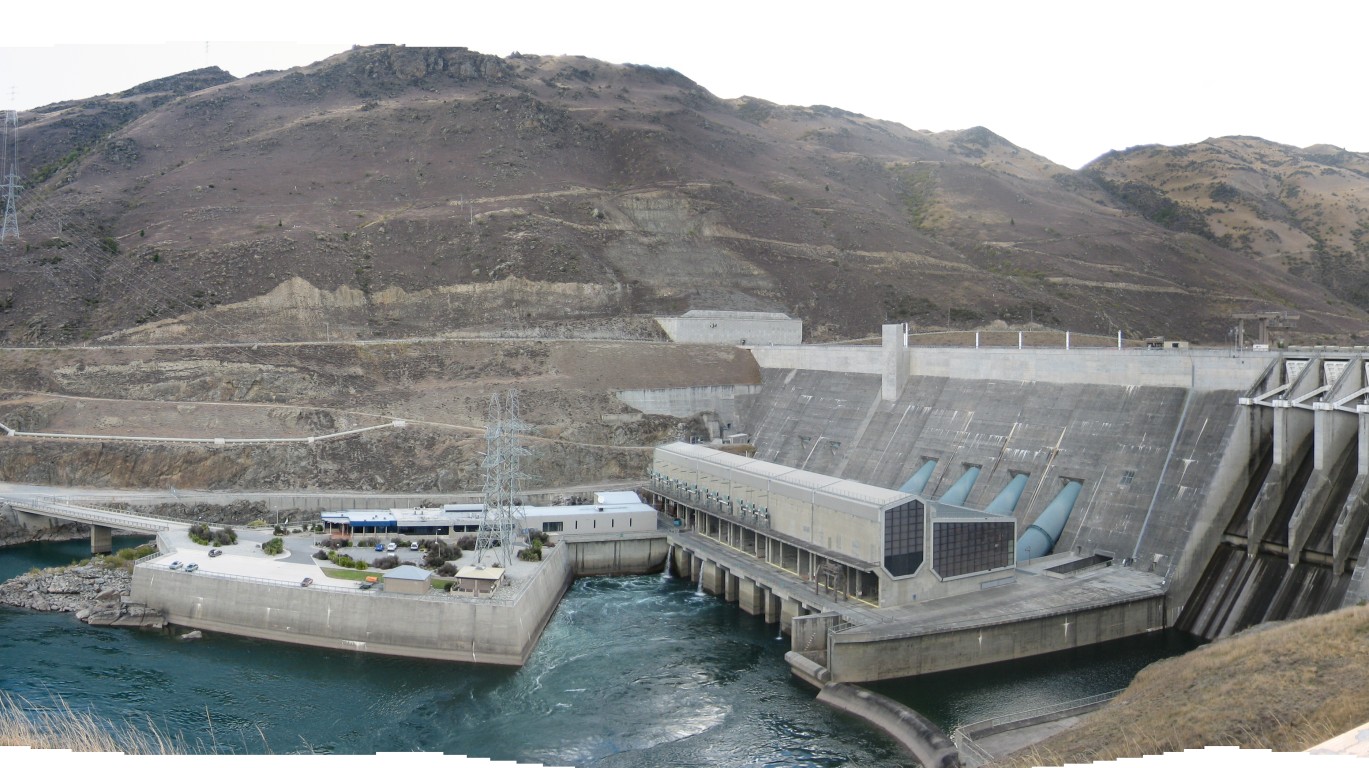
US bans incandescent light bulbs
The United States has officially prohibited the manufacture and sale of incandescent light bulbs as of Aug. 1, 2023. The ban also applies to halogen bulbs and there is a possibility that Compact Fluorescent Light bulbs will also be phased out by 2025. Incandescent light bulbs are being replaced by LED light bulbs, which use less energy and last longer. According to estimates from the Department of Energy, the switch will save American households an average of $100 per year on energy bills, for about $3 billion in total energy cost savings for American consumers.
There are several exceptions to the ban, and people can still use the incandescent light bulbs they already own.

India to meet Paris goal ahead of time
India is reportedly on track to meet its carbon intensity target under the Paris Agreement ahead of schedule, according to a United Nations report published in August. This is largely because India has begun switching to more energy-efficient systems and is using waste to generate energy. India’s greenhouse emissions rate dropped by faster than expected 33% in 14 years as renewable energy generation rose and forest cover increased, according to a report from the U.N. Convention on Climate Change.
According to the report, the world’s second-most populous nation was on its way to reducing emissions intensity by 45% from the 2005 level by 2030.
New Zealand fast tracks 100% renewables
New Zealand’s government announced earlier in August that it will collaborate with investment firm BlackRock in its aim to become one of the first nations to have its electricity grid run completely from renewable energy. New Zealand and BlackRock plan on launching a $1.2 billion fund to increase investments in wind and solar generation as well as battery storage and green hydrogen.
New Zealand’s electricity grid already operates on about 82% renewable energy such as hydroelectric power. The government said its goal is to reach 100% renewable generation by the end of this decade. BlackRock Chief Executive Lawrence Fink has been an outspoken advocate for decarbonization and so-called conscientious capitalism, including environmentally-minded investing.
Just ahead of the announcement, the government also fast-tracked approval for nine solar panel projects and three wind farm projects as part of its effort to transition to clean renewable energy.
Net energy gain in fusion achieved for 2nd time
U.S. scientists have achieved net energy gain in a fusion reaction for the second time, according to the Lawrence Livermore National Laboratory in Livermore, California. The fusion ignition event, which occurred at the National Ignition Facility, produced a higher energy yield than the previous one in December. Nuclear fusion reaction is the combining of two light atomic nuclei to form a single heavier one. The process releases a significant amount of energy because the total mass of the resulting single nucleus is less than the original two, with the mass converted to energy.
The process can be a potential limitless, clean, and safe source of power to help combat climate change, and in the recent experiment, more energy was produced from fusion than the energy used for the experiment. The achievement is seen as a major stepping stone toward making fusion commercially viable.

US approves utility-scale offshore wind farm
The Biden administration has approved the largest offshore wind project in the U.S., known as Ocean Wind 1. This offshore wind project could power hundreds of thousands of homes in New Jersey. The plan has faced opposition from Republican lawmakers and residents of New Jersey. Ocean Wind 1 is being developed by Orsted, a Danish energy company, and is expected to generate 1,100 megawatts of energy from nearly 98 wind turbines 15 miles off the coast of southern New Jersey.
The project is expected to begin onshore construction this fall and offshore construction in 2024, with the goal of starting commercial operations in 2025. Construction has already begun for offshore wind projects off Massachusetts and off Rhode Island and New York, which will generate 800 megawatts and 130 megawatts, respectively.







